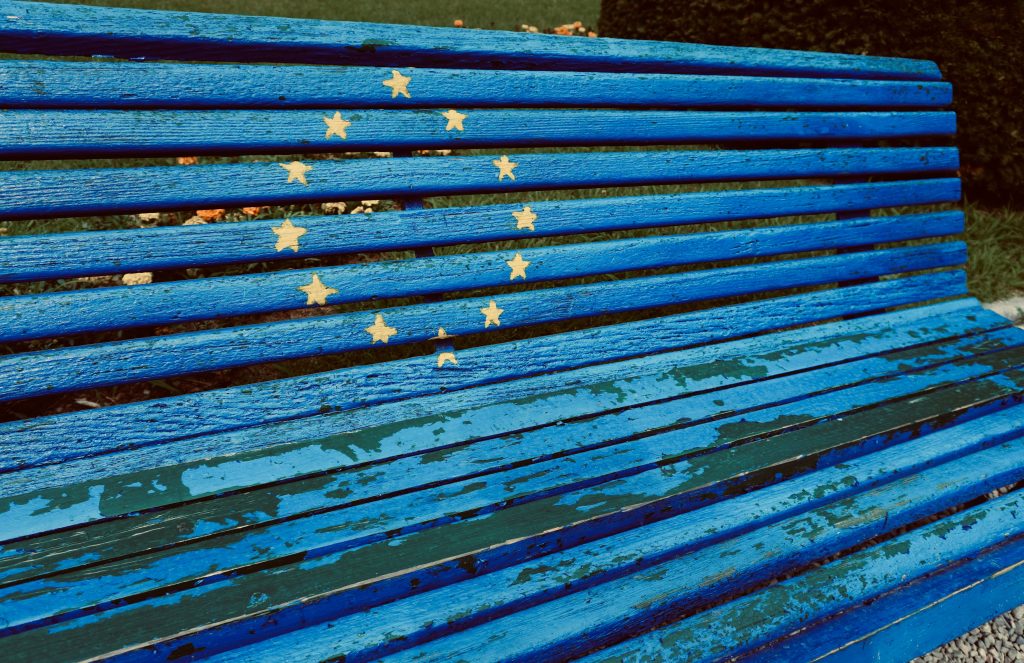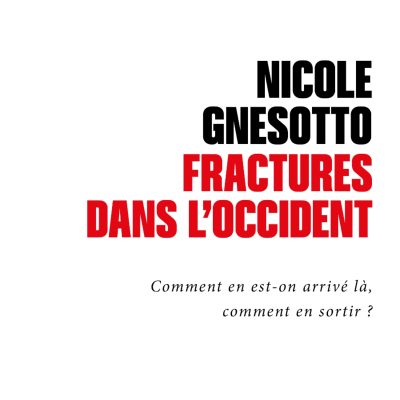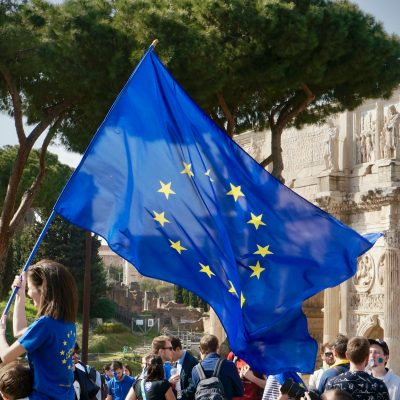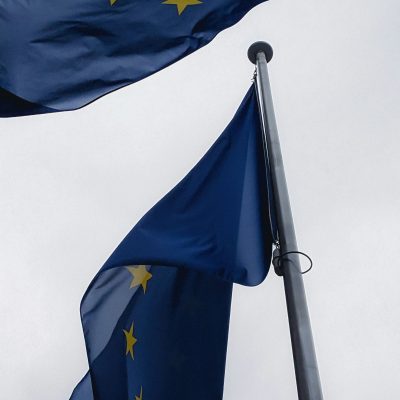Other document
12/01/00[FR] Scenarios Europe 2010

- The scenarios – which are literary in the sense that they do not include numerical simulations – are the result of variations in 15 key factors representing the determinants of productivity (technology and work organisation, labour market and social policies, other economic policies), the mode of governance (political life, public opinion, administration), changes in EU institutions (institutional reform, scope and pace of enlargement, regional security), and Europe’s relations with its environment (globalisation, relations with five areas: Central and Eastern Europe, the Mediterranean, the United States, Russia and Asia).
- The combination of different assumptions is based on the ‘structuring actors and factors’ method, in which ‘skeleton scenarios’ specific to each key factor are defined, followed by skeleton scenarios based on a logical combination of the skeleton scenarios, and finally the five overall scenarios presented in the study. This work is mainly based on internal Commission think tanks, with the exception of an external presentation phase between the skeleton scenarios and their final drafting. In a way, it is therefore ‘Europe as seen from Brussels’ that is presented.




